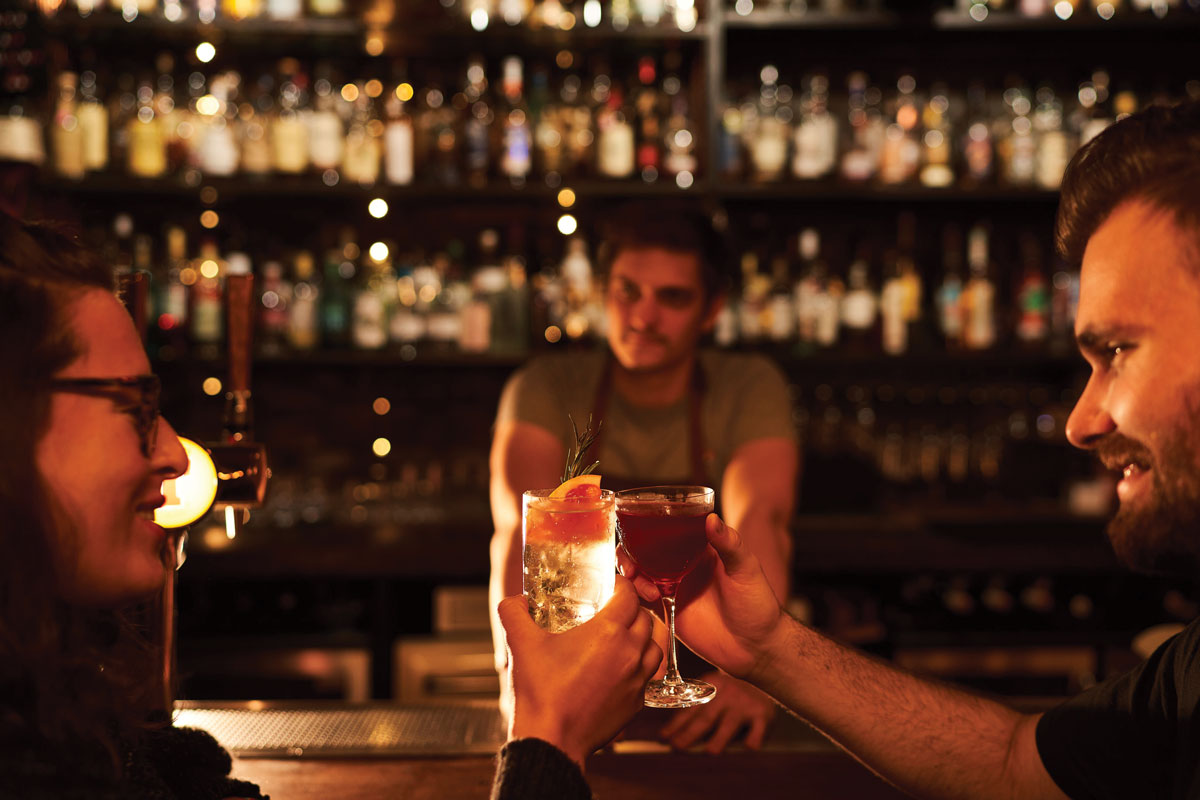 WHISKY is a drink that’s shrouded in all manner of traditions and beliefs – from how it’s named to how it should be drunk.
WHISKY is a drink that’s shrouded in all manner of traditions and beliefs – from how it’s named to how it should be drunk.
But while some of these traditions can no doubt help to reinforce the prestige of Scotch whisky, they can also throw up unnecessary barriers to entry and dissuade newcomers.
“For a long time the category was difficult to understand and navigate at a point of purchase level,” said Duncan McRae of whisky blender Woven.
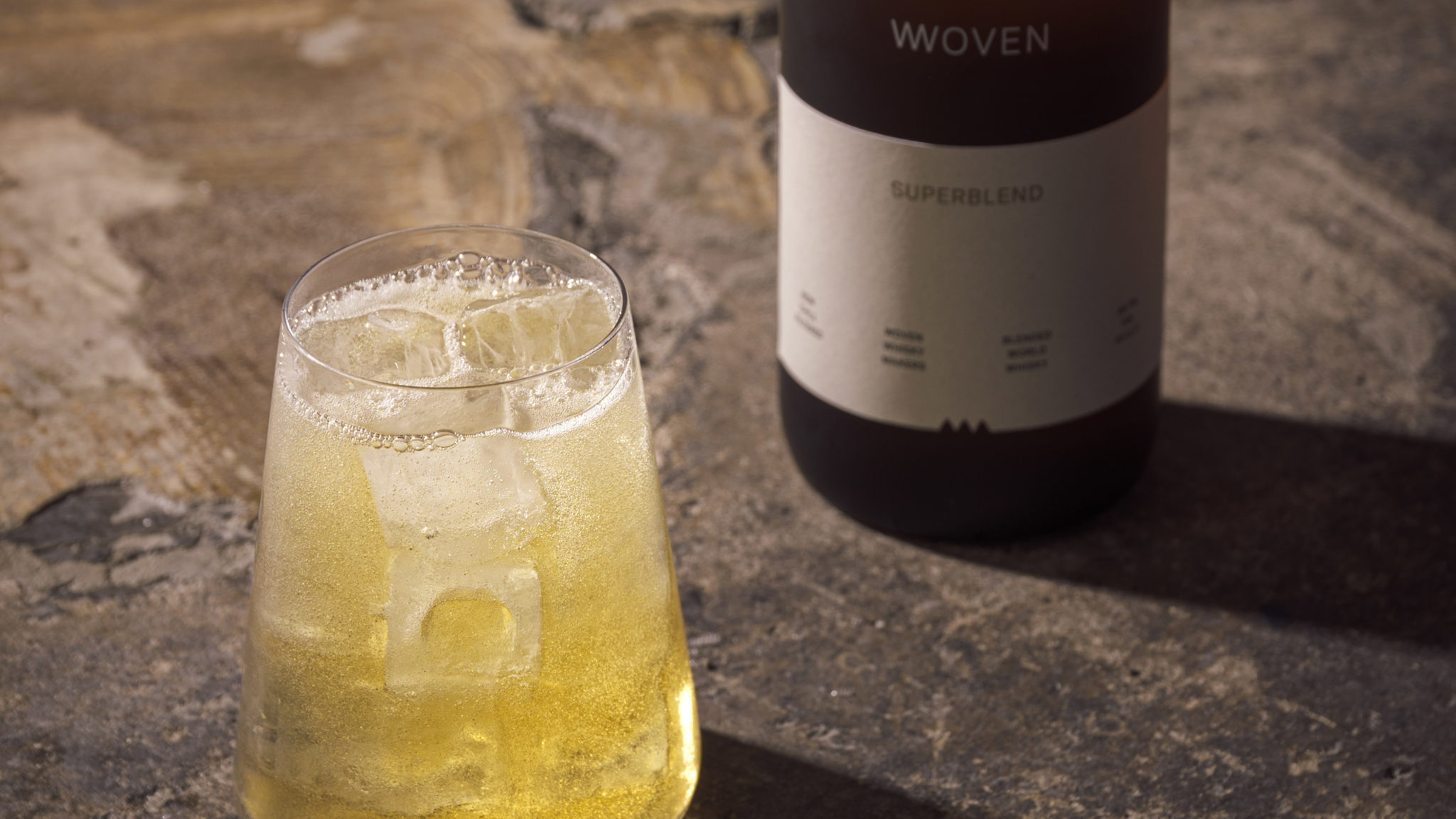

“Within the whisky industry, narratives are so strong about what’s good or bad, right or wrong. There’s a perception amongst those coming into the category that whisky is fraught with the potential for social embarrassment if you don’t ‘do it right’.”
The industry itself has some blame for this, said McRae, by having used these ‘rituals and rules’ for years to promote the category.
But things are changing.
Mariella Romano, global brand ambassador at Isle of Arran Distillers, said although ‘old stereotypes’ are still ‘strongly attached to whisky’, brands are looking to shift perceptions of how whisky can be enjoyed.
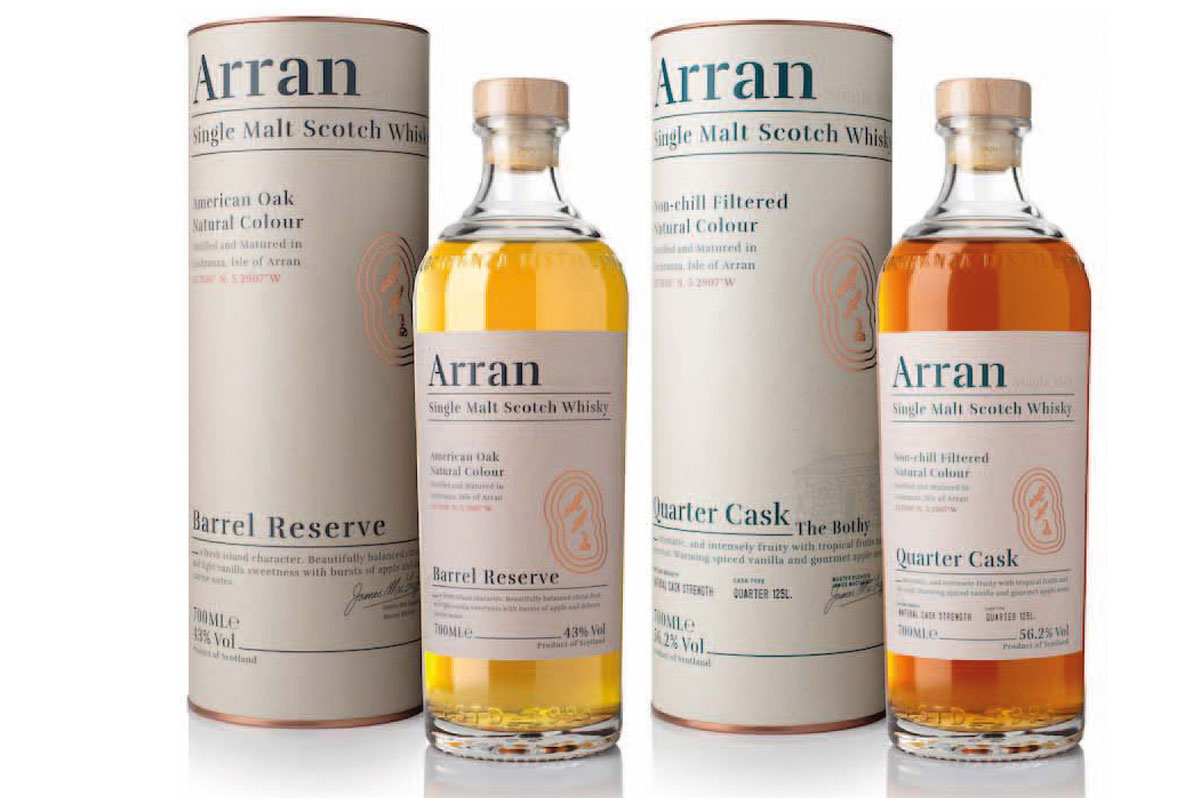

“Time and time again we see whisky brands across the whole spectrum, from bourbon to Scotch, passing by Australian and English and more, creating flavourful and accessible whisky that can be enjoyed in a multitude of fun ways,” said Romano.
Kirsten Blackburn, head of marketing at Borders Distillery, said the industry is “gradually shifting misconceptions that whisky as a category isn’t particularly accessible and can be expensive”.
“We’re now seeing more whisky brands getting creative with styles and serves to attract new consumers to the category,” said Blackburn.
“There is a sense that we’re free to taste whisky as we want to – served in a way that suits the individual.”
That freedom to ‘drink it how you like it’ is a big part of opening the whisky category up to new customers, said Blackburn.
“Whisky cocktails are the gateway to whisky appreciation,” she said.
“Millennials love cocktails and whisky can provide a new profile of flavour that adds spice and interest to the sometimes overly-sweet cocktail market.”
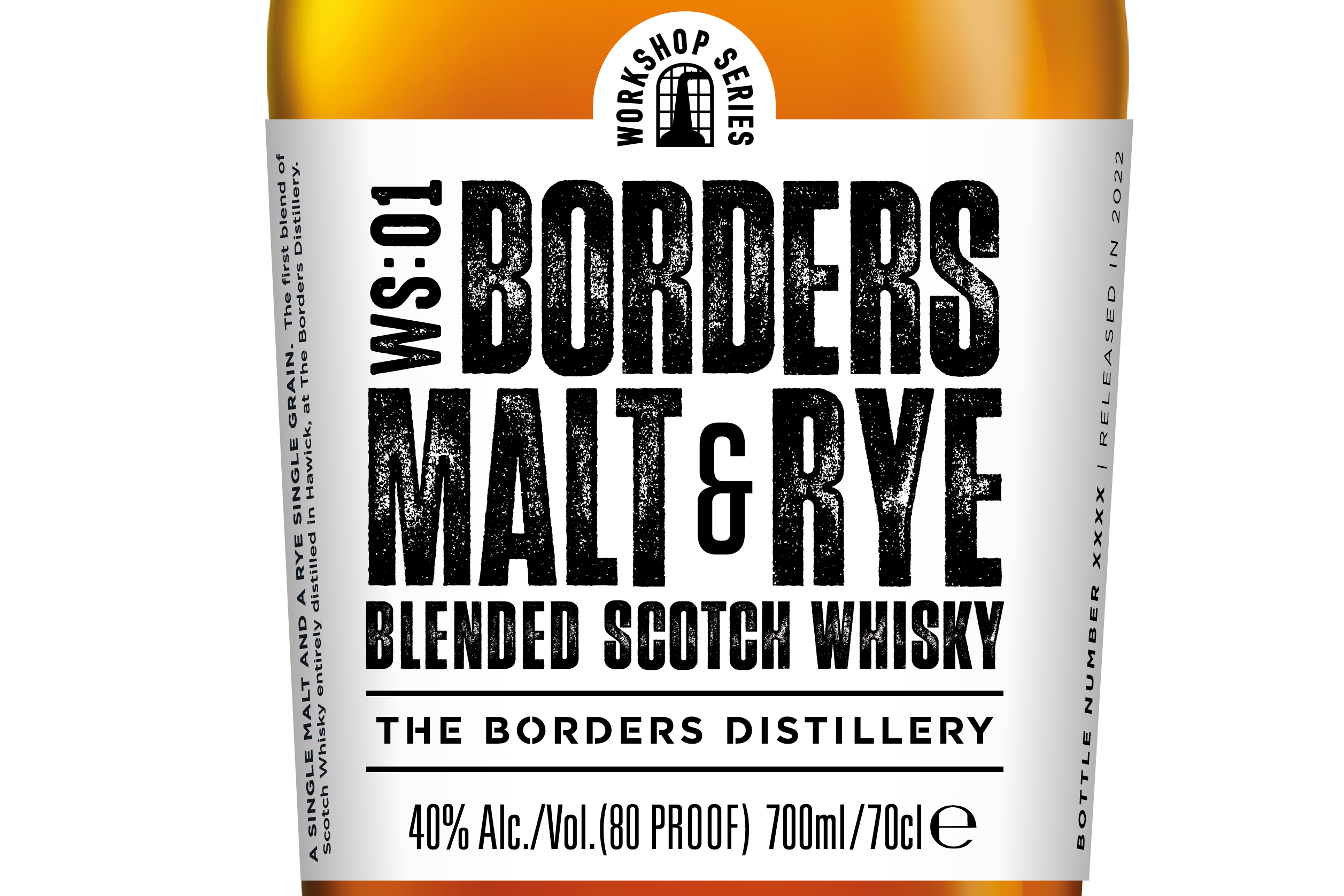

David Kirkham, senior category manager for the on-trade at Brown-Forman, the owner of Benriach, GlenDronach and Glenglassaugh, agreed that cocktails are helping to break open the whisky category to newcomers.
“Whilst the majority of malt whisky is drunk neat, guests are keen to try new things,” said Kirkham.
“20% of blended whisky drinkers drink it in a cocktail and 14% of malt whisky drinkers drink it with soda.
“The vast array of premium soft drinks in the market could pair well with Scotch and give the guest a new way of drinking it, emphasising the already great flavours of whisky. Furthermore, classic whisky cocktails are growing in popularity in the world’s best bars.
“These include the Whisky Sour, number seven best selling cocktail in the world’s best bars and The Penicillin (number ten) are gaining popularity.
“Scotch is even the seventh best selling spirit in these bars.”
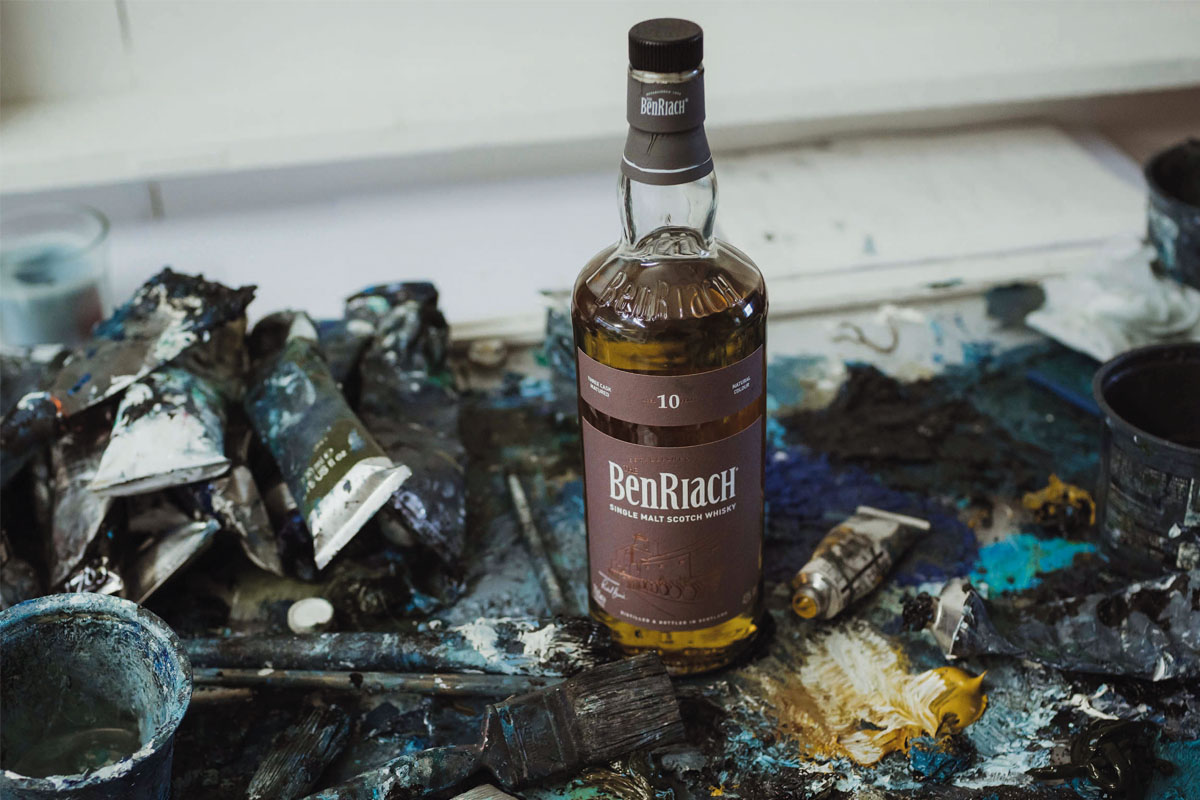

But it’s not all about cocktails. McRae at Woven pointed to long drinks such as a whisky highball (whisky with ice and either soda water or ginger ale) as a serve that can be both accessible and ‘gross profit friendly’.
“Rituals – positioning whisky as part of a dessert experience, in food venues for example, is another way to increase buy-in in this area,” he said.
“The half and half is a great way to drink beer and whisky together.
“It’s an old Scottish tradition that offers a good opportunity for bars to cross pollinate between categories.”
And whisky companies should be able to recommend serves that suit their particular products, said Blackburn at Borders Distillery.
“Inspire your customers to try something new,” she said.
“Don’t be afraid to serve whisky in new ways – ask your suppliers for recommended serves to find the perfect mixers to match.”
And July could present an opportunity to make more of a feature out of Scotch whisky in venues, with National Scotch Day taking place on the 27th.


Charlotte Coyle, malts ambassador at Brown-Forman, recommended running a dedicated menu around the occasion, or investing in a ‘break-even’ bottle – an expensive bottle sold at cost price to give customers the chance to try something unusual.
There’s also a chance to take the temperature of their local suppliers and customer-base to see what’s proving popular in the marketplace.
“Growing a Scotch whisky range is a great opportunity to reach out to your local route to markets or stockists and see what’s most popular, or what people are asking for,” said Coyle.
“Even better, ask your most prominent whisky drinkers for their wish list!”
Whether it’s a dedicated offer for National Scotch Day or not, it’s essential that staff are up to date on the products and serves on a venue’s whisky menu.
“Get trained, get the staff inspired by the category and there will be no holding them back,” said McRae at Woven.
























